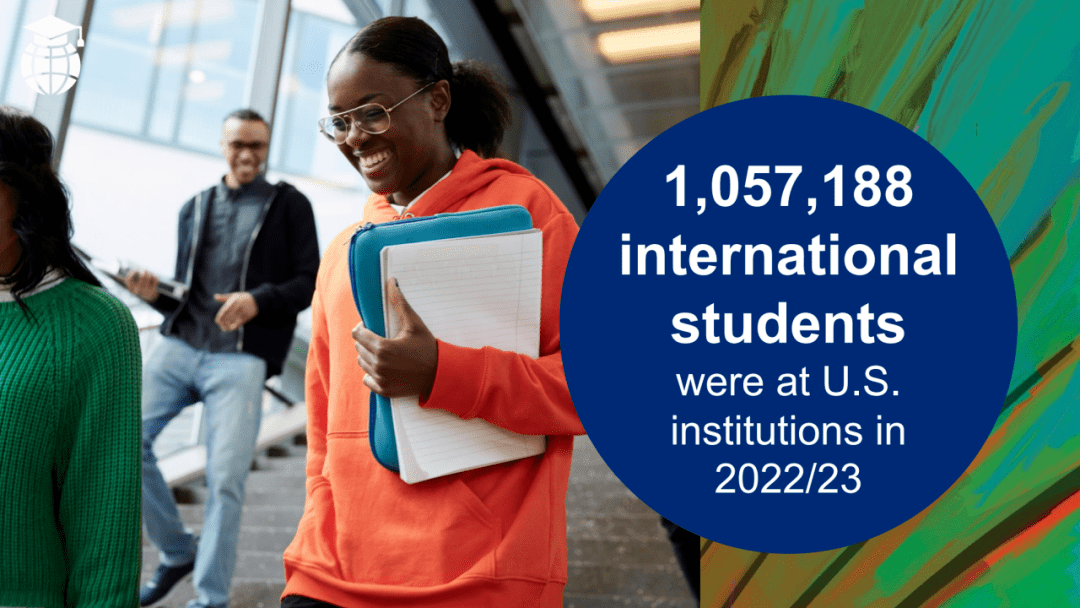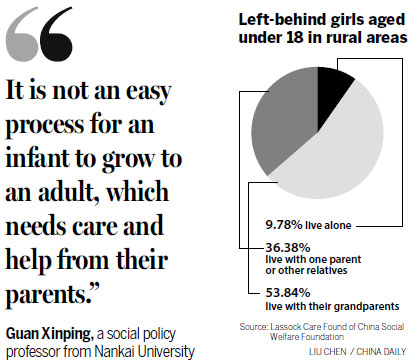### Understanding Federal Direct Student Loan Limits: What You Need to Know
#### What are Federal Direct Student Loan Limits?Federal Direct Student Loan Limits refer to the maximum amount of money that students can borrow through fe……
#### What are Federal Direct Student Loan Limits?
Federal Direct Student Loan Limits refer to the maximum amount of money that students can borrow through federal student loan programs. These limits vary based on several factors, including the student's year in school (freshman, sophomore, junior, or senior), whether they are a dependent or independent student, and the type of loan they are applying for (subsidized or unsubsidized). Understanding these limits is crucial for students and families planning to finance higher education.
#### Types of Federal Direct Student Loans
There are primarily two types of Federal Direct Student Loans: Subsidized and Unsubsidized. Subsidized loans are awarded based on financial need, and the government pays the interest while the student is in school at least half-time, during the grace period, and during deferment periods. Unsubsidized loans, on the other hand, are available to all students regardless of financial need, but the student is responsible for paying the interest at all times.
#### Annual Loan Limits
The annual loan limits for Federal Direct Student Loans vary by the student's dependency status and year in school. For dependent undergraduate students, the limits are as follows:
- **Freshman:** Up to $5,500 (with a maximum of $3,500 in subsidized loans)
- **Sophomore:** Up to $6,500 (with a maximum of $4,500 in subsidized loans)
- **Junior and Senior:** Up to $7,500 (with a maximum of $5,500 in subsidized loans)

Independent students can borrow more, with limits increasing each year. Graduate and professional students have a higher limit of up to $20,500 per year, which is entirely unsubsidized.
#### Aggregate Loan Limits
In addition to annual limits, there are also aggregate loan limits that cap the total amount a student can borrow throughout their academic career. For dependent undergraduate students, the aggregate limit is $31,000 (with a maximum of $23,000 in subsidized loans). For independent undergraduate students, the aggregate limit is $57,500 (with a maximum of $23,000 in subsidized loans). Graduate and professional students have a higher aggregate limit of $138,500.
#### Implications of Exceeding Loan Limits

Exceeding the Federal Direct Student Loan Limits can have serious implications for students. If students find themselves in a position where they need to borrow more than the federal limits allow, they may have to turn to private loans, which often come with higher interest rates and less favorable repayment options. It is essential for students to plan their finances carefully and understand their borrowing limits to avoid financial strain after graduation.
#### Conclusion
Navigating the complexities of Federal Direct Student Loan Limits is an essential part of the college financing process. By understanding the types of loans available, the annual and aggregate limits, and the potential consequences of exceeding these limits, students can make informed decisions about their education financing. It is always advisable to consult with a financial aid advisor to explore all options and ensure that students are making the best choices for their financial futures.